Hendrik_2000
Lieutenant General
After 8 days of maneuvering, the APStar-6C communication satellite is successfully set at 136.5 ° E.



Chinese private firm launches first space rocket via don Juan

Agence France Presse
BEIJING: A suborbital rocket was launched into space Thursday by a start-up in China's burgeoning commercial aeronautics industry, as private firms snap at the heels of their dominant American rivals.
OneSpace, the Beijing-based start-up behind the launch, is one of dozens of Chinese firms jostling for a slice of the global space industry, estimated to be worth about $339 billion by Bank of America Merrill Lynch and currently dominated by U.S. firms SpaceX and Blue Origin.
Its nine-meter "Chongqing Liangjiang Star" rocket took off from an undisclosed test field in China's northwest and reached an altitude of 273 kilometers before falling back to Earth, the company said in a statement.
The launch aimed to demonstrate an early working model of the company's OS-X series of rockets, designed to conduct research linked to suborbital flights.
By the end of the decade OneSpace expects to build 20 of the OS-X rockets, which would be capable of placing 100-kilogram payload into an orbit 800 kilometers from the Earth's surface, said company spokesman Chen Jianglan.
The firm is also developing another type of rocket, the M-series, to compete in the growing microsatellite sector.
These small satellites are typically no larger than a shoebox and are used to monitor crops, weather patterns or disaster sites or used by universities for research purposes, according to Jonathan McDowell, an astronomer at the Harvard-Smithsonian Center for Astrophysics.
Microsatellites are cheaper to build and easier to deploy than traditional truck-sized versions and their launch has become an increasingly lucrative market, currently dominated by the Indian space program.
Chinese aerospace start-ups were eschewing the space travel ambitions of their U.S. rivals to compete for these lucrative microsatellite contracts, said McDowell.
SpaceOne's work has attracted the attention of several domestic and foreign clients, Chen told AFP, adding that "a number of satellite companies in Europe and Asia have approached us to establish strategic partnerships".
Once dominated by state research agencies and the military, China allowed private companies to enter the space industry to build and launch satellites in 2014.
Another Chinese start-up, iSpace, launched a suborbital rocket, the Hyperbola-1S, from a test field in the southern island of Hainan last month.
The rocket reached an altitude of 108 kilometers and served as a demonstration for its planned small launcher due to be completed by June 2019, the company's website said.
But Onespace maintains that their Thursday launch was the "first" privately-designed rocket, since its rocket was "designed from scratch" and had "stronger control capabilities" than the Hyperbola-1S.
Kuai Zhou rapid-response orbital launch system:
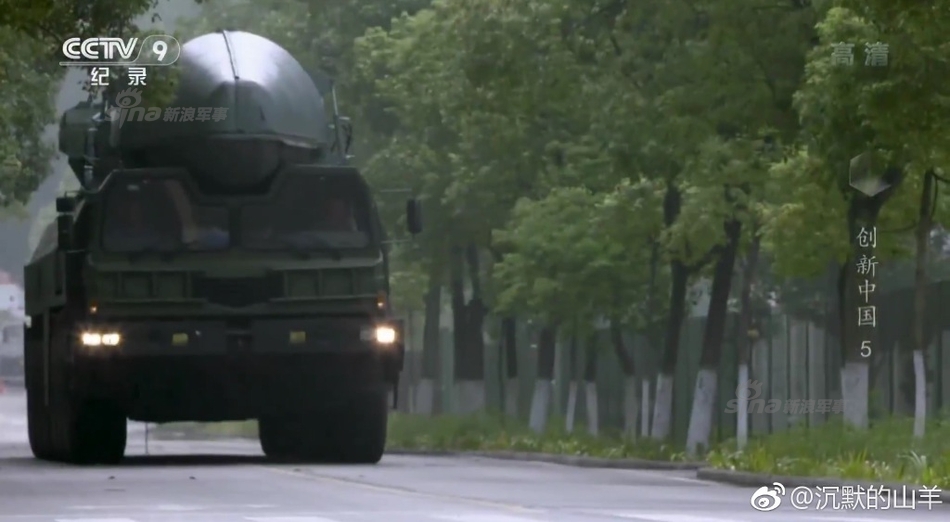
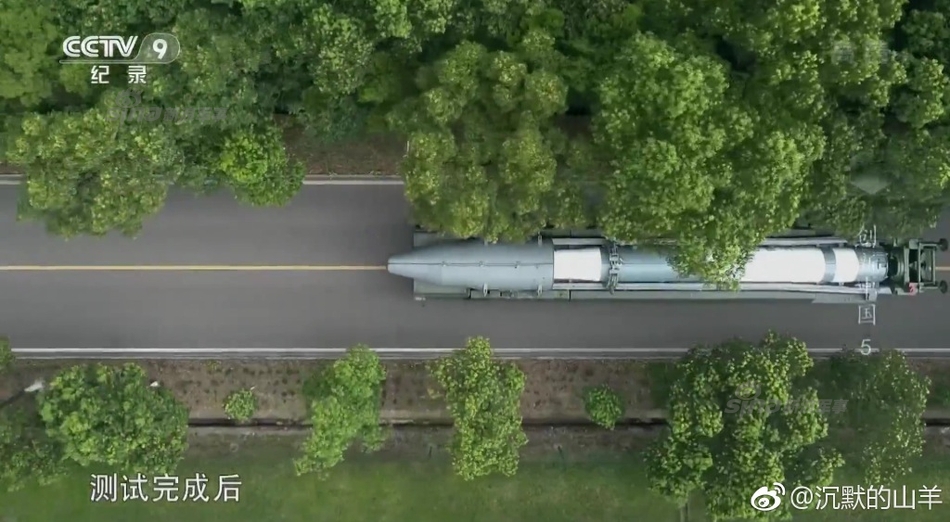
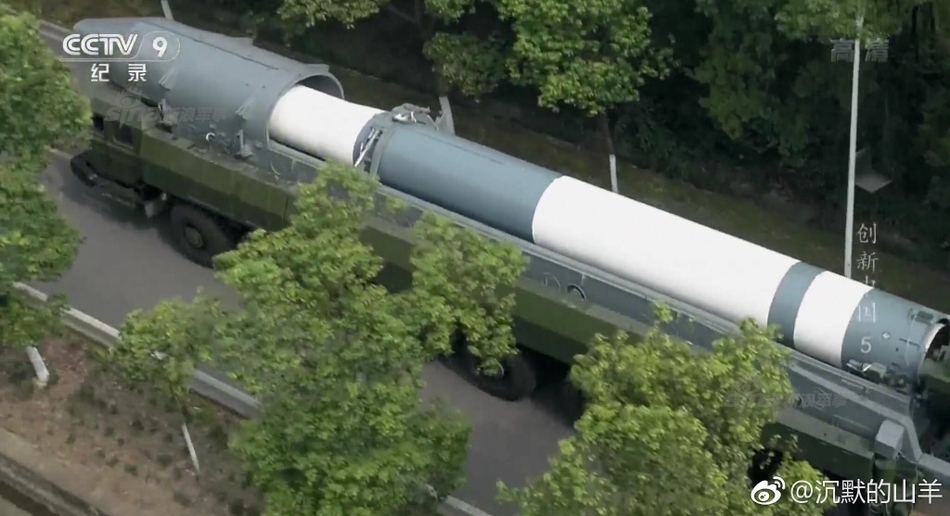
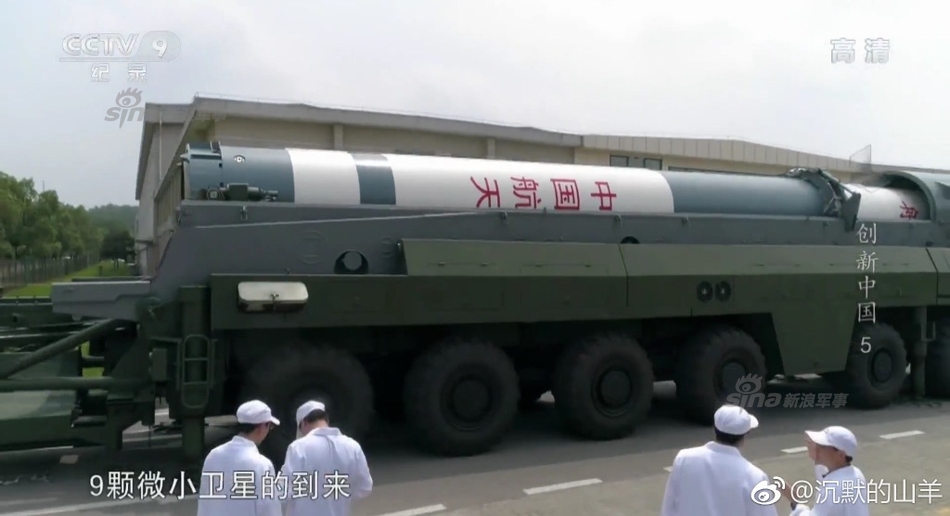
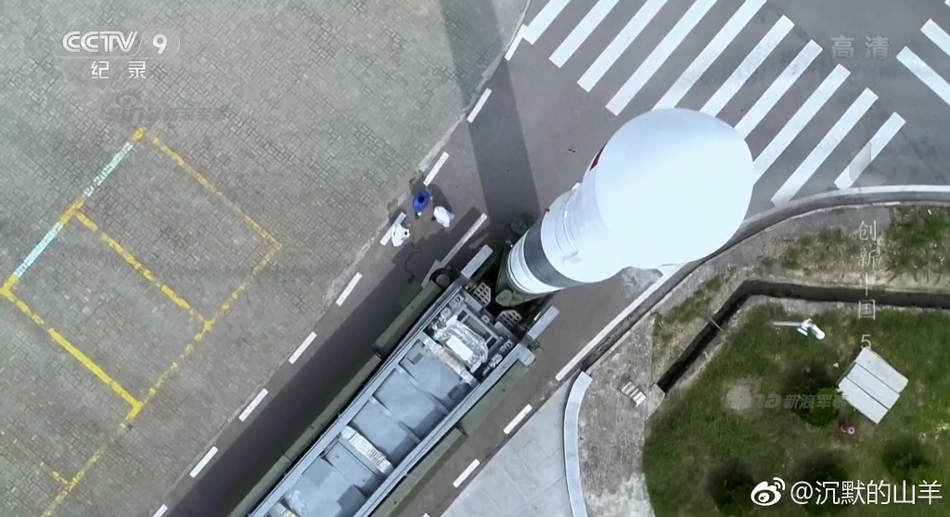
More details of 601's payload can be found hereAccording to "草根设计师-CAD", the launch customers for the OS-X is actually the Shenyang Aircraft Design Institute (a.k.a Institute 601). Link has been provided .
火箭首飞任务:进行音爆测试、光测和雷测
......
除了两项由客户委托的减阻杆测试和音爆测试,此次首飞的火箭上面还搭载了零壹自己的东西,主要考虑是为以后做技术储备,“比如火箭上的无线收发,还做了一些在火箭上用的电池。”
......
李云鹏介绍,此次首飞任务中,有对音爆的测试,其中音爆是阻碍超高速客机发展的重大技术问题,借助这次飞行测试,团队会在火箭飞行过程中在航区进行音爆测试。在飞行过程中,会有遥测数据的下传,团队也可实时看到。
A piece of rocket debris came crashing down on a town in south-west China shortly after the launch of a pair of satellites on Wednesday. Footage filmed by nearby residents shows the debris, the spent first stage of a Long March 2C rocket, dropping from the sky and plummeting into the Earth in Fuquan city, Guizhou province. After smashing into the ground, it exploded into a massive ball of flames in the heavily-wooded area, sending plumes of smoke into the air. Residents were evacuated prior to the scheduled satellite launch and no injures were reported, according to a statement issued by Fuquan city government.
I remember meeting Yang Liwei for dinner once (after he became famous), still a very good guy, with no fame going to his head. He and one of my uncles went to flight school together and served in the same unit in Chengdu, so they are tight.Good documentary from "Across China". This time it talk about the development of Radar tracking for spacecraft and satellite And how they overcome the rolling of the sea and get centimeter accuracy
When Yang liwei landed in Mongolia they found him deviate by only 5km from the predicted landing site
Interestingly they also talk about how they overcome the loss of communication due to plasma that they can track the spececraft reentry inspite of plsama by using socalled "cooperative tracking" wow You know what I am talking ASBM.We have been debating about this point countless time
With English subtitle
